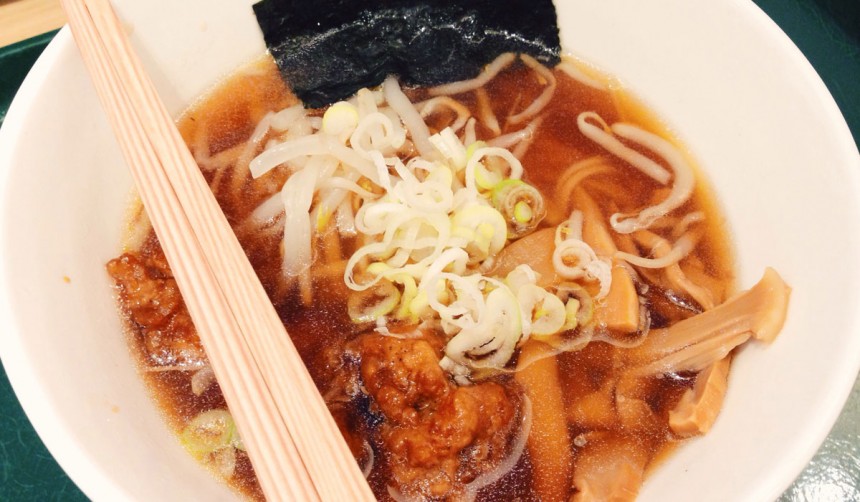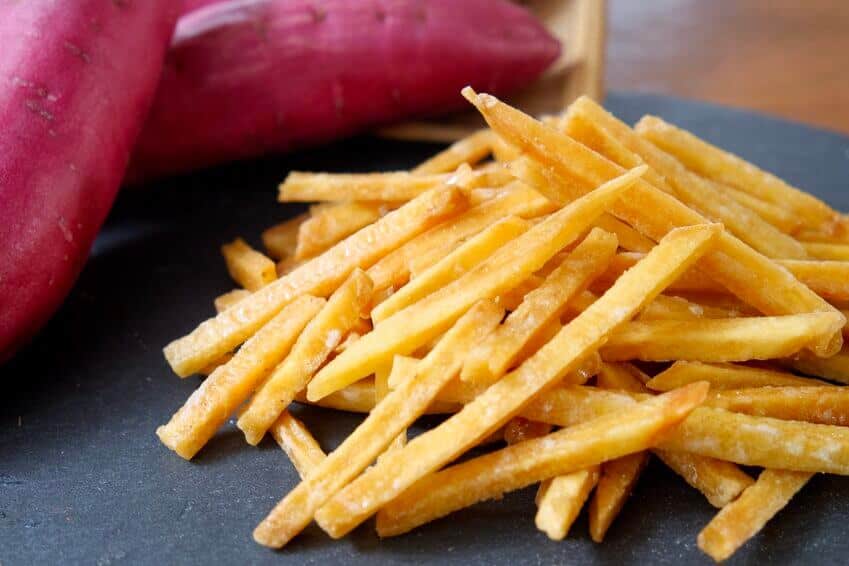Gluten-Free Option Easy Summer Dish Japanese Classic Vegetarian Friendly Under 35 Minutes
Oroshi soba is a light and refreshing Japanese noodle dish made with chilled soba noodles topped with grated daikon radish, known in Japanese as oroshi. It’s the perfect meal for hot summer days because it’s cooling, easy to digest, and full of natural flavor.
Soba noodles are made from buckwheat flour, giving them a slightly nutty taste and a firm, chewy texture. There are several types of soba: juwari soba is made with 100% buckwheat and has a crumbly, rustic texture, while nihachi soba combines 80% buckwheat and 20% wheat flour for a smoother, stretchier noodle. You can also find flavored varieties like cha soba, which is made with green tea.
In oroshi soba, the grated daikon adds moisture and a mildly spicy bite that balances the savory broth, usually made from dashi, soy sauce, mirin, sake, a bit of sugar, and a pinch of salt. Though simple, this dish is deeply rooted in Japanese culture and seasonal eating.
There are regional versions that offer unique twists. For example, Echizen oroshi soba from Fukui Prefecture features a generous pile of grated daikon with cold broth poured directly over the noodles, rather than served on the side for dipping. Another version is ume oroshi soba, which includes mashed umeboshi (pickled plum) alongside the grated daikon. The tangy, salty plum adds a punch of flavor that complements the cool soba and mellow radish beautifully.
Compared to other cold soba dishes, like zaru soba (served with nori and dipping sauce), tororo soba (with grated yam), or tenzaru soba (zaru soba with crispy tempura), oroshi soba stands out for its clean, refreshing taste and the extra texture from the daikon.
When preparing it at home, you can top it with sliced green onions, bonito flakes, toasted sesame seeds, nori, a soft-boiled egg, or even a splash of citrus like lemon or yuzu. These toppings not only enhance the flavor but also add color and texture.
For those feeling adventurous, making soba noodles from scratch can be a rewarding project. Use an 80:20 mix of buckwheat and wheat flour for elasticity, knead the dough well, let it rest, then roll and slice. Boil the noodles briefly, then rinse in cold water to stop the cooking and remove excess starch; this gives soba its signature firmness.
Try making oroshi soba at home this summer and enjoy a taste of Japan’s cool, seasonal comfort food!











 English (US) ·
English (US) ·